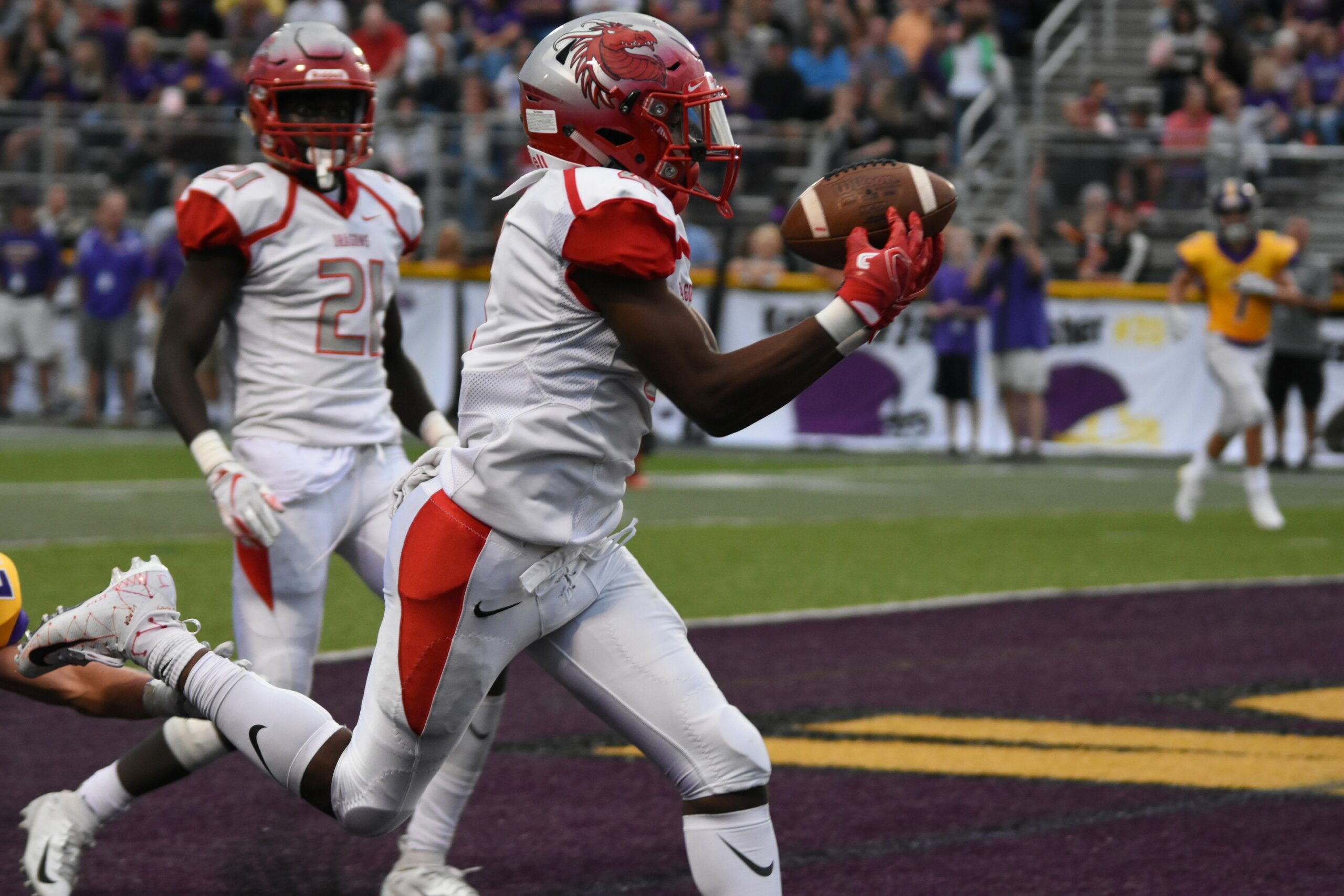Eye Injuries in the NFL: What Players and Fans Need to Know

Eye injuries are a common burden for NFL players and athletes in general. Last month, Baltimore Ravens’ Kyle Van Noy sustained an eye injury during the team’s season opener against the Kansas City Chiefs, where the linebacker fractured his orbital bone in the third quarter. A few weeks after Noy’s injury, Pittsburgh Steelers wide receiver Van Jefferson had to exit their match against the Los Angeles Chargers after suffering his own ocular injury. These incidents highlight the dangers and risks of major eye injuries in high-contact sports.
Research shows that nearly 30,000 sports-related eye injuries are treated annually in the US. According to an NIH study, the most common sports associated with ocular injuries include basketball, baseball, and football. But what major eye injuries are common in football? Below, we look at what players and fans need to know about ocular injuries in the NFL.
Common major eye injuries
Ocular-related sports injuries are common in the NFL and football in general. These can include corneal abrasions, which happen when the eyes come in contact with an opponent’s finger or other small debris from the field that can cut or scratch the eye’s outer layer.
Football players are also at risk of blunt eye trauma, which occurs when a sudden, forceful impact hits the eye, leading to a ruptured eyeball, detached retina, or orbital fracture. One infamous instance is the case of Cleveland Brown’s offensive tackle Orlando Brown, who got sidelined for three years after suffering an eye injury when a penalty flag flew straight into his right eye during a 1999 game versus the Jackson Jaguars.
While these incidents are common, there are ways to treat and prevent these injuries. Here’s what fans and players need to know about treatment options:
Treatment and prevention
Eye check-ups are crucial for monitoring the impact of an eye injury to determine the proper treatment, as well as to provide a comprehensive overview when it comes to ocular health. Experts recommend undergoing a yearly comprehensive eye exam, which is essential not just for injury assessment and recovery as well as for regularly maintaining vision health. A comprehensive eye exam plays an important role in the early diagnosis and treatment of ocular diseases, especially when eye pain and decreased vision are concerned. After an ocular injury, getting checked by an ophthalmologist is crucial for preventing vision loss.
According to the American Academy of Ophthalmology, wearing protective eyewear can prevent 90% of severe eye injuries. Wearing protective goggles is a common practice in other sports like basketball to avoid eye injuries on the court, as seen in NBA star Kareem Abdul-Jabar, who used goggles after suffering from repeated ocular injuries. NFL players can also wear protective goggles. For instance, former Tampa Bay Buccaneers placekicker Rodrigo Blankenship often sported thick glasses on the football field. Protective glasses from sports brands like Oakley help prevent contact with the eyes that could worsen ocular injuries, speeding up treatment and recovery.
Football helmet visors are also crucial in preventing unintentional contact of the eyes with debris, fingers, and other equipment that can lead to eye injuries. Using visors in the NFL began in 1984 when Mark Mullaney of the Minnesota Vikings wore one to protect a healing ocular injury. Today, helmet visors are still allowed in the NFL and even in the NCAA, as long as they are 100% clear unless a medical condition requires tinted visors. These visors block unwanted contact that could exacerbate eye injuries, helping athletes play cautiously without compromising their vision.
Major eye injuries are common in the NFL and other high-contact sports. Fortunately, treatment and preventive measures are available to avert ocular injuries from worsening and developing in the first place.